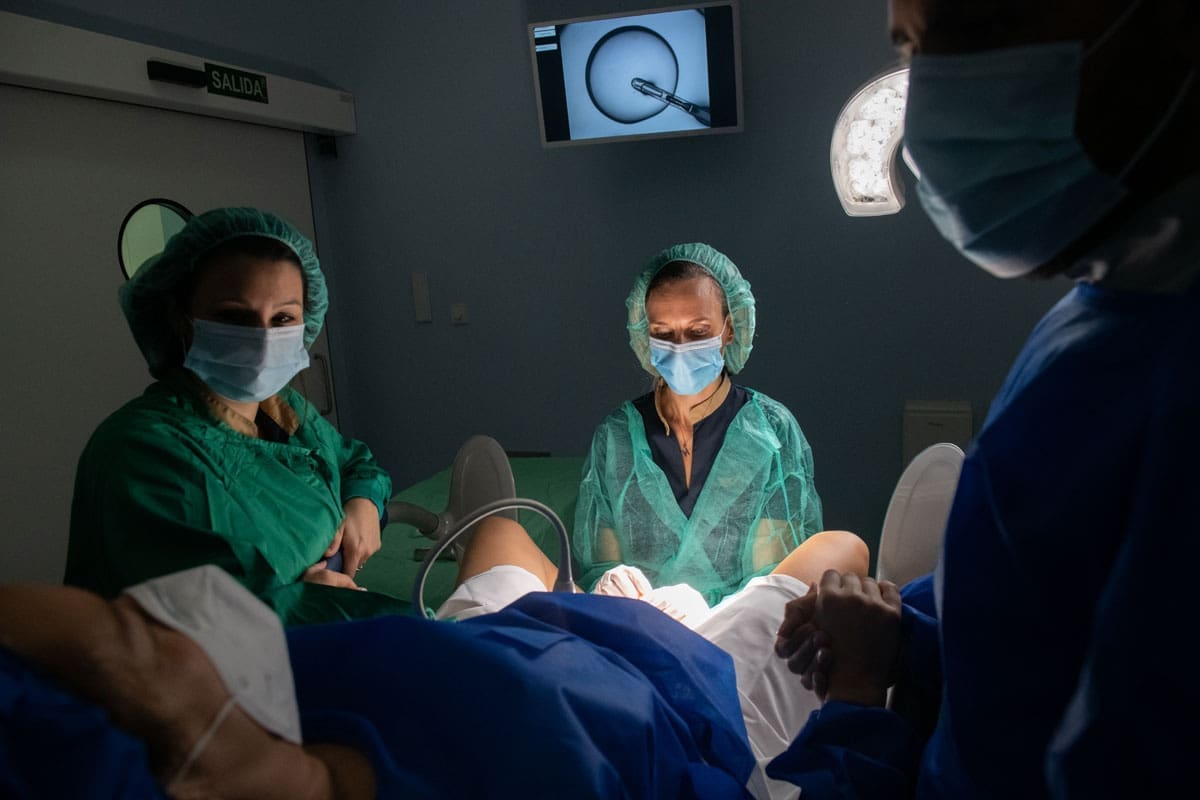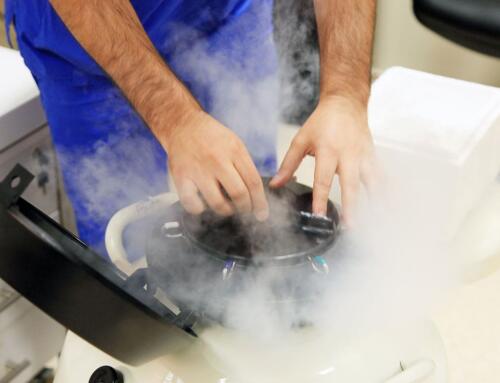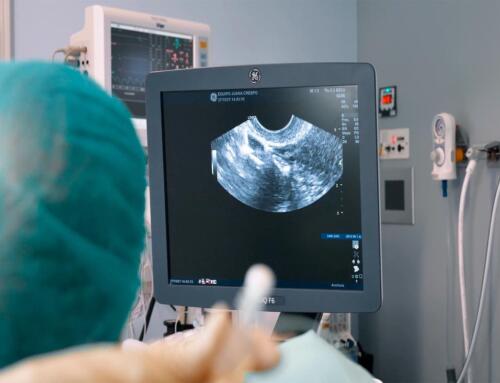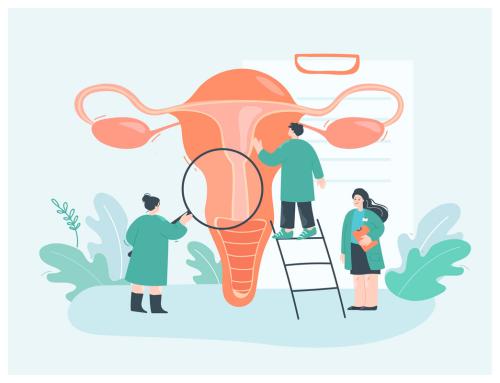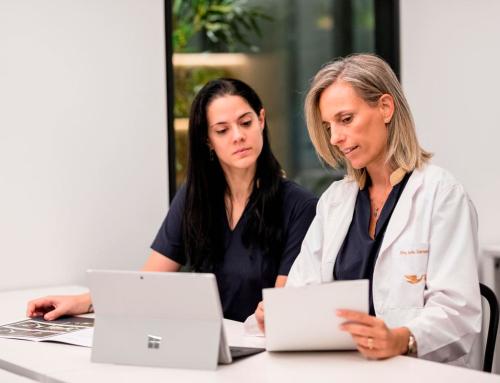September is a particular month in the sense that most people have contradictory feelings. One part of us wants to return to a routine, to a somewhat organized day.
Another part wants to live in eternal – but also idealized – vacations. It is as if we would like to stop time and therefore, the important decisions, the day-to-day problems.
But, for better or worse, September always comes and it is the month of the brave. The month in which many consider starting new challenges, new goals, new adventures. It is time to come back to that long-distance race, to spend the oxygen summer gave us, to close stages and to open new horizons.
In our clinic, September is a beautiful month because hope is everywhere. The waiting room is full of new faces who come for their first fertility visit, some relaxed, others very nervous, but all with the gleam of hope in their eyes. At the reception there is an atmosphere of kisses and hugs for the arrival of many couples who come to resume what the summer left fallow, preparing to undertake the last of the processes: the embryo transfer.
What is an embryo transfer?
Embryo transfer is the last step in assisted reproduction and consists of the introduction of the embryo/s generated by in vitro fertilization into the woman’s endometrium, so that they can implant and gestate during the 9 months of pregnancy.
It is a procedure that lasts about 10 to 15 minutes and is performed in an operating room. The embryo transfer involves the gynecologist, nurse or auxiliary nurse and at least two embryologists from the IVF laboratory (the one responsible for handling the embryos and a witness, for biological safety reasons).
To perform the embryo transfer, the following is needed:
The transfer cannula, which is the “container” for the embryos. The embryologist has previously deposited them there using a procedure they call “air and culture medium phase”. A speculum and a good ultrasound machine with an abdominal probe.
First, the patient is placed in the gynecological position, and the gynecologist places the transfer cannula into the endometrium with a guided ultrasound, to verify the correct passage of the cannula. Subsequently, the embryologist supplies the cannula and upon reaching the exact place in the endometrium, the gynecologist shoots the embryos. This shot, ultrasonographically is evidenced as a flash of light.
Endometrial preparation for embryo transfer
Before the embryo transfer it is necessary to make sure that the endometrium is well prepared to receive the embryo. If the endometrium is not well prepared, the chances of the embryo implanting (even if they are A embryos) are greatly reduced. Therefore, if the endometrium is questionable, it is better to cancel the transfer and wait for a new cycle with a more accurate preparation so as not to waste embryos that are irreplaceable.
The endometrial preparation can be:
IN NATURAL CYCLE
As its name indicates, this process works with the patient’s natural cycle. Here, her own organism supplies the hormones necessary for the thickening and appearance of the endometrium to be adequate without the need for medication or with minimal medication.
In general, the natural cycle is appropriate for:
- Women with previous pregnancies on a natural cycle.
- Women with regular menstrual cycles
- Women in whom there is an absence of lesion or problems in the uterus.
- In some cases of patients with endometriosis or adenomyosis
IN SUBSTITUTED CYCLE
In the substituted cycle the patient has to take medication so that the endometrium reaches the thickness and consistency necessary to achieve embryo implantation.
It is indicated in:
- Women with irregular cycles
- Women with early menopause
- Patients in whom there has been a previous uterine surgery for alterations in the uterus.
In general, whenever there is an absence of ovulation in the patient.
The endometrial preparation in a substituted cycle must be very personalized but basically consists of the supply of estrogens (oral, vaginal and/or patches) and progesterone (vaginal and/or oral), the evaluation of these hormone levels by means of analyses and ultrasound controls.
The embryo transfer test
The success rate for embryo transfer is unique for each specialist. They are performed with great delicacy and precision by gynecologists. The way the uterus is accessed at the moment of the embryo transfer is critical. In the Juana Crespo team we perform a transfer test on all our patients.
The transfer test consists of a preliminary test performed with the same cannula that will later be used to introduce the embryos of the patients. It is the general test before the definitive moment.
Usually, the transfer test is performed during the first visit, after the diagnostic ultrasound. The doctors also evaluate the access to the uterus.This test informs the specialist if there are any issues in the woman’s uterus that may influence the moment of transfer. The specialist will document on the patient’s record any aspects he/she observes and any recommendations to be considered during the embryo transfer procedure.
Key factors prior to embryo transfer
In Juana Crespo, the specialist will perform the embryo transfer trying to maximize the chances of success, meaning, of gestation. We are aware that each embryo is unique and unrepeatable.
Generally, in our clinic patients are scheduled the day before or the same day of the embryo transfer for the last control. In this appointment the specialist will assess:
- That the endometrium has an adequate thickness and appearance.
- That the hormonal values are correct.
Access to the uterus should be easy, painless and bloodless.
If all the parameters are correct, an appointment is made for the embryo transfer.
Recommendations before embryo transfer
Before the embryo transfer we recommend:
- If you need to take any medication or substance (ibuprofen, paracetamol, aspirin, etc.), even if it is under medical prescription, before the transfer or when you are in the endometrial preparation phase, always call the health care department beforehand.
- Try to stay positive. There is no scientific study that proves that being positive improves success rates, but the reality is that when we feel good, laugh and enjoy ourselves, our body feels good and reflects it.
- Eat well, healthy and balanced. It is not about going on diets, but it is about avoiding harmful substances for the organism (alcohol, tobacco, etc.) and foods that can cause heavy digestions, diarrhea, etc. Be careful about the quantities too.
- Relax and enjoy. By relaxing you will be able to enjoy this sweet moment and, in addition, you will prevent the cervix and other muscles from being tense and contracted.
- Go with a full or half-full bladder, depending on your instructions. Do not drink too much liquid either, think that you may have to wait at the clinic for a while, so measure the amount of liquid you are going to drink before arriving at the clinic, during the trip and in the waiting room.
- Remember to bring your ID card. It is very important because it is a control measure between the identity of the embryos and the patient. You must have it visible during the embryo transfer and your identity will be checked before starting the procedure.
In Juana Crespo we have very high success rates for embryo transfer because we take the utmost care of all the steps and procedures of each treatment. If you want to know more about our services, please contact us here.


